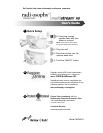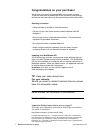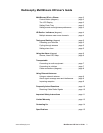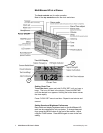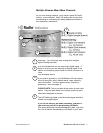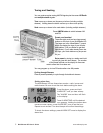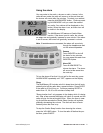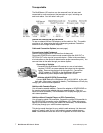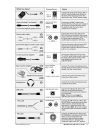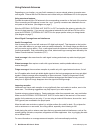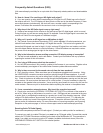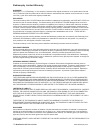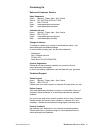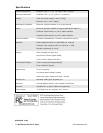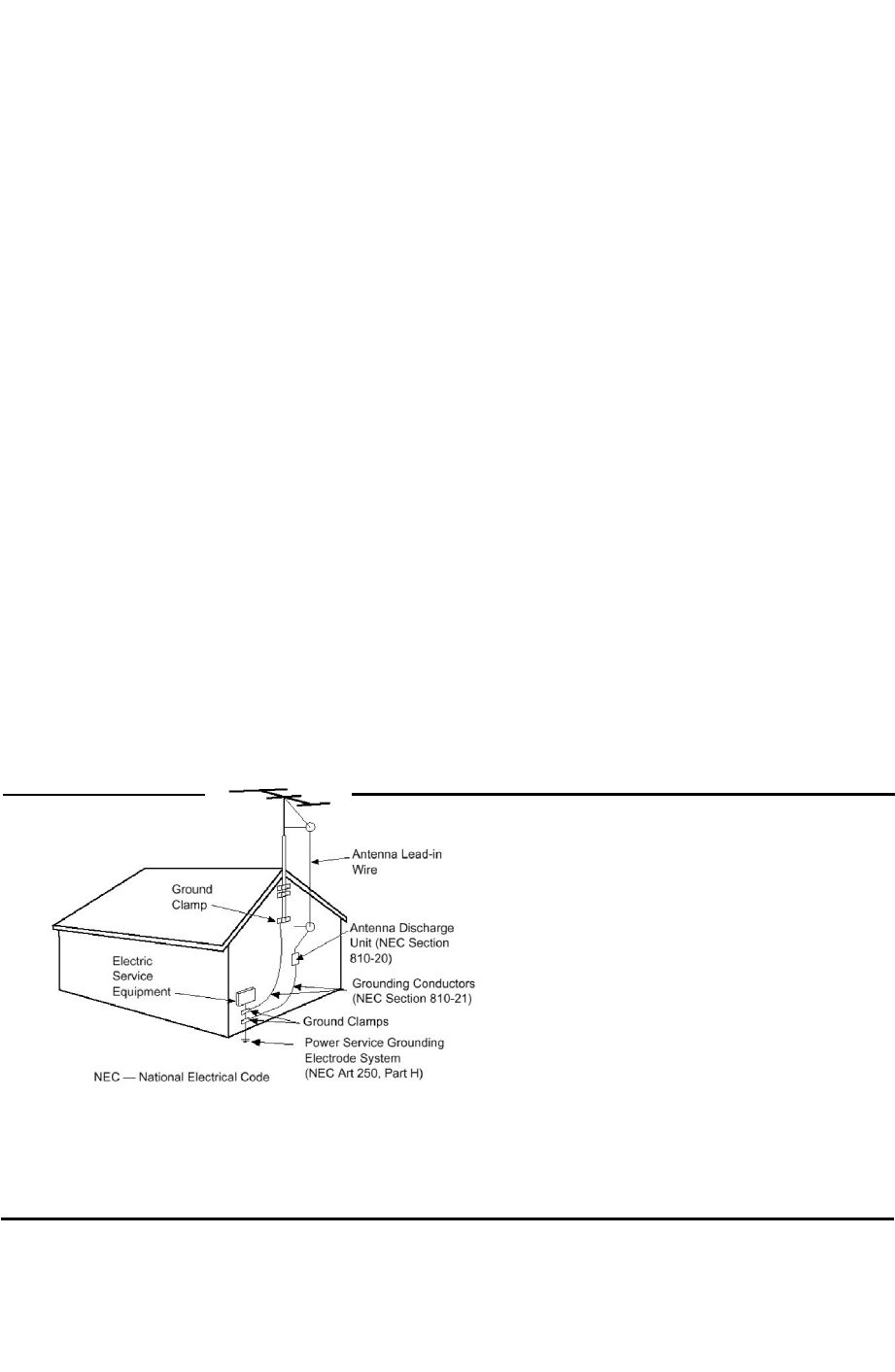
12
www.radiosophy.com MultiStream HD User's Guide
Ventilation - The appliance should be situated so that its location or position does not interfere with
its proper ventilation. For example, the appliance should not be placed in a built-in installation, such
as a closed bookcase or cabinet that may impede the flow of air through the ventilation openings.
Heat - The appliance should be situated away from heat sources such as radiators, heat registers,
stoves, or other appliances (including amplifiers) that produce heat.
Non-Use Periods - The power cord of the appliance should be unplugged from the outlet when left
unused for a long period of time.
Object and Liquid Entry - Care should be taken so that objects do not fall and liquids are not
spilled into the enclosure through openings.
Servicing - The user should not attempt to service the appliance. Servicing should be referred to
qualified service personnel or returned to the dealer.
Grounding or Polarization - Precautions should be taken so that the grounding or polarization
means of an appliance is not defeated.
Communications Notice
This equipment generates and uses radio frequency energy and if not installed and used properly,
that is, in strict accordance with the manufacturer's instructions, may cause interference to radio and
television reception. It has been type tested and found to comply with the limits for a Class B com-
puting device in accordance with the specifications in Subpart B of Part 15 of FCC Rules, which are
designated to provide reasonable protection against such interference in a residential installation.
However, there is no guarantee that interference will not occur in a particular installation. If this
equipment does cause interference to radio or television reception, which can be determined by
turning the equipment OFF and ON, the user is encouraged to try to correct the interference by one
or more of the following measures:
• Reorient the receiving antenna
• Relocate the receiver with respect to the TV
• Move the receiver away from the TV
• Plug the radio into a different outlet so that the TV and radio are on different branch circuits.
If necessary, the user should consult the
dealer or an experienced radio/television
technician for additional suggestions. The
user may find the following booklet prepared
by the Federal Communications Commission
helpful: "How to identify and Resolve
Radio/TV Interference Problems." This book-
let is available from the U.S. Government
Printing Office, Washington, DC 20402,
Stock No. 004-000-00345-4.
FCC Warning
Modifications not expressly approved by the
manufacturer could void the user’s authority
to operate the equipment under FCC Rules.
Outdoor Antenna Grounding
If an outside antenna is connected to the receiver, be sure the antenna system is grounded so as to provide some protec-
tion against voltage surges and built-up static charges. Section 810 of the National Electrical Code, ANSI/NFPA No. 70-
1984, provides information with respect to proper grounding of the mast and supporting structure, grounding of the lead-in
wire to an antenna-discharge unit, size of grounding conductors, location of antenna-discharge unit, connection to ground-
ing electrodes, and requirements for the grounding electrode. See figure on right.
If necessary, the user should consult the dealer or an experienced radio/television technician for additional sugges-
tions. The user may find the following booklet prepared by the Federal Communications Commission helpful: "How
to identify and Resolve Radio/TV Interference Problems." This booklet is available from the U.S. Government
Printing Office, Washington, DC 20402, Stock No. 004-000-00345-4.
FCC Warning
Modifications not expressly approved by the manufacturer could void the user’s authority to operate the equipment
under FCC Rules.



